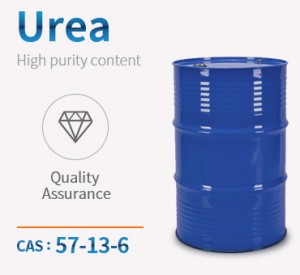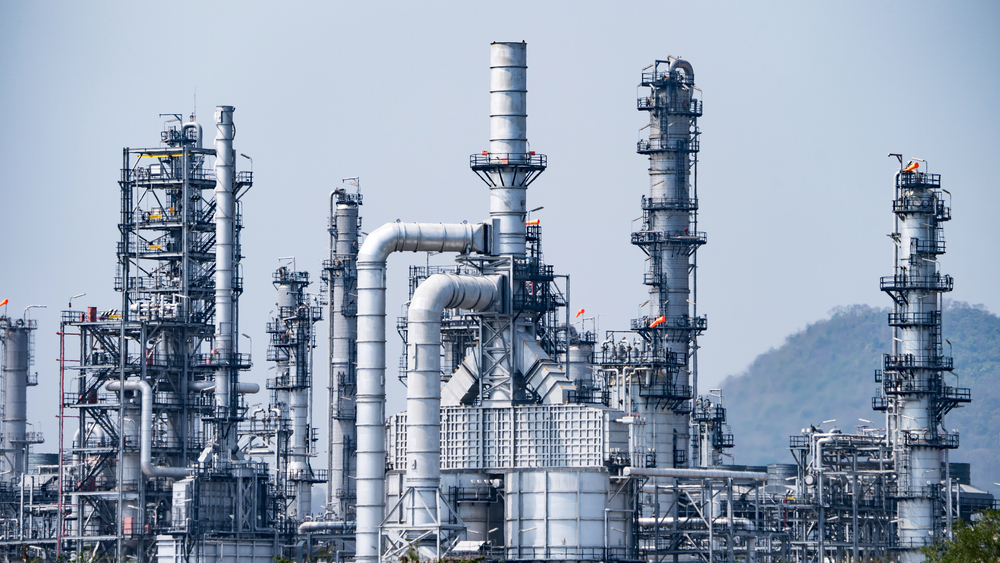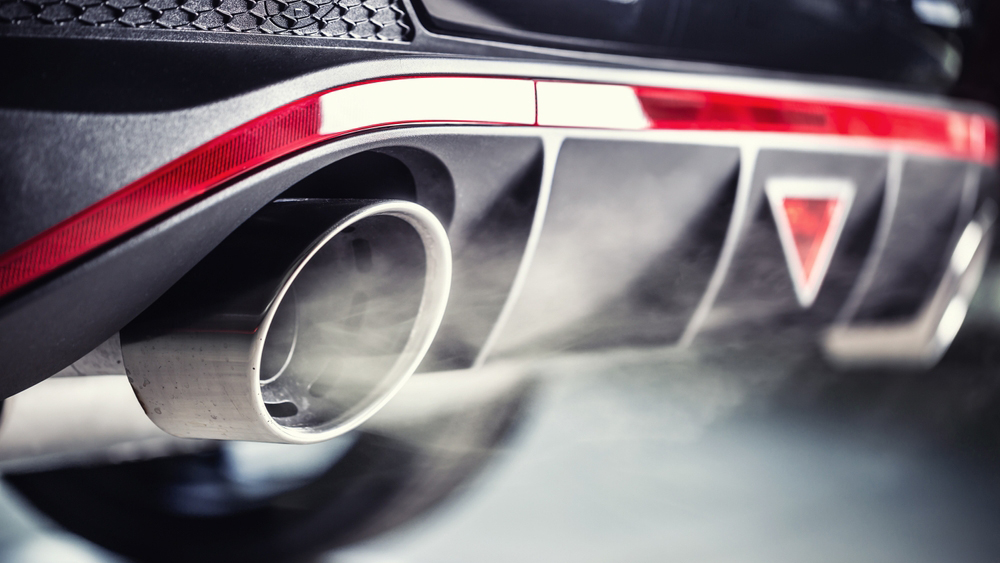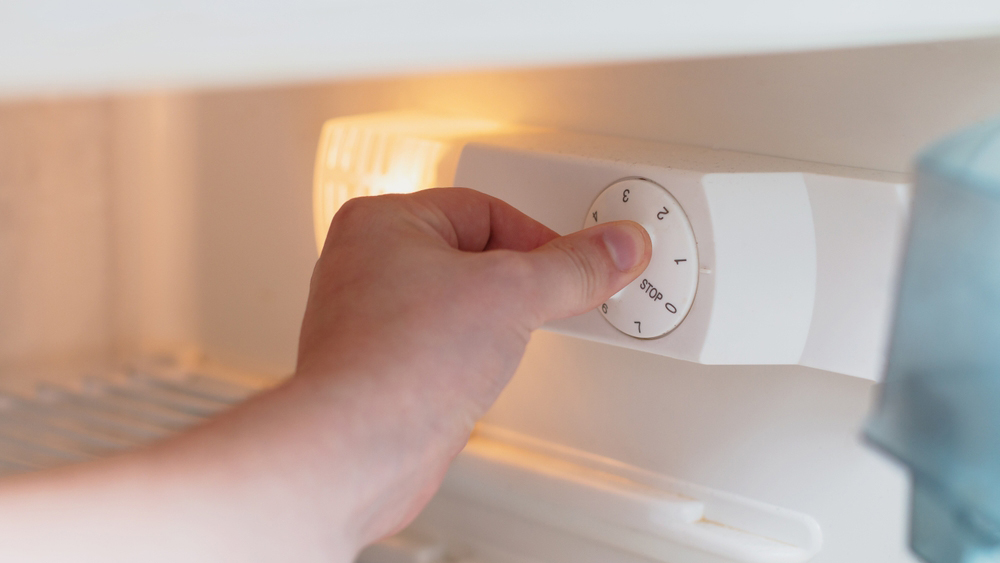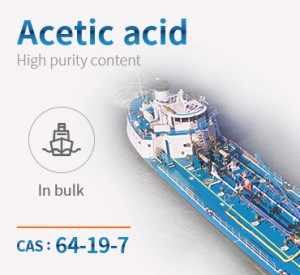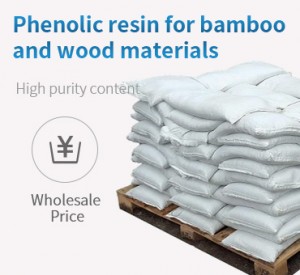Shanghai Huayingtong E-commerce Co., Ltd. is one of the leading urea suppliers in China and a professional urea manufacturer. Welcome to purchaseurea from our factory.pls contact tom :service@skychemwin.com
Urea, also known as urea or carbamide, has the chemical formula CH4N2O or CO (NH2) 2. It is an organic compound composed of carbon, nitrogen, oxygen, and hydrogen, and is a white crystal. One of the simplest organic compounds is the main nitrogen-containing end product of protein metabolism and decomposition in mammals and certain fish. As a neutral fertilizer, urea is suitable for various soils and plants. It is easy to preserve, convenient to use, and has little destructive effect on the soil. It is a chemical nitrogen fertilizer with a large amount of use and the highest nitrogen content. Urea is synthesized under certain conditions using ammonia and carbon dioxide in industry.
Urea can react with acids to form salts. It has hydrolysis. At high temperatures, condensation reactions can be carried out to generate biuret, triuret, and cyanuric acid. Heat to 160 ℃ for decomposition, producing ammonia gas and converting it into isocyanate. Because this substance is present in human urine, it is named urea. Urea contains 46% nitrogen (N), which is the highest nitrogen content among solid nitrogen fertilizers.
Urea can hydrolyze to produce ammonia and carbon dioxide under the action of acids, bases, and enzymes (acids and bases require heating).
For thermal instability, heating to 150-160 ℃ will deamination to biuret. Copper sulfate reacts with biuret in a purple color and can be used to identify urea. If rapidly heated, it will be deammonized and trimeric to form a six membered cyclic compound, cyanuric acid.
Acetylurea and diacetylurea can be generated by reacting with acetyl chloride or acetic anhydride.
Under the action of sodium ethanol, it reacts with diethyl malonate to produce malonylurea (also known as barbituric acid, due to its acidity).
Under the action of alkaline catalysts such as ammonia, it can react with formaldehyde and condense into urea formaldehyde resin.
React with hydrazine hydrate to produce aminourea.
-Molecular weight: 60.06 g/mol
-Density: 768 kg/m3
-Melting point: 132.7C
-Melting heat: 5.78 to 6cal/gr
-Combustion heat: 2531 calories/gram
-Relative critical humidity (30 ° C): 73%
-Salinity index: 75.4
-Corrosiveness: It is corrosive to carbon steel, but less corrosive to aluminum, zinc, and copper. It is not corrosive to glass and special steel.
1. If urea is stored improperly, it is easy to absorb moisture and clump, affecting the original quality of urea and causing certain economic losses to farmers. This requires farmers to store urea correctly. Before use, it is necessary to keep the urea packaging bag intact. During transportation, it should be handled with care, protected from rain, and stored in a dry, well ventilated place with a temperature below 20 ℃.
2. If it is stored in large quantities, wooden blocks should be used to cushion the bottom for about 20 centimeters, and there should be a gap of more than 50 centimeters between the top and the roof to facilitate ventilation and moisture dissipation. A passage should be left between the stacks. To facilitate inspection and ventilation. If the urea that has already been opened is not used up, it is necessary to seal the bag mouth in a timely manner to facilitate use next year.
3. Avoid contact with skin and eyes.
Fertilizer: 90% of the urea produced is used as fertilizer. It is added to the soil and provides nitrogen for plants. Low biuret (less than 0.03%) urea is used as a foliar fertilizer. It is soluble in water and applied to the leaves of plants, especially fruits and citrus.
Urea fertilizer has the advantage of providing high nitrogen content, which is crucial for plant metabolism and is directly related to the number of stems and leaves that absorb light for photosynthesis. In addition, nitrogen is present in vitamins and proteins, and is related to the protein content of grains.
Urea is used in different types of crops. Fertilization is necessary because the soil loses a lot of nitrogen after harvest. Urea particles are used in soil, which should work well and be rich in bacteria. The application can be made during planting or earlier. Then, urea is hydrolyzed and decomposed.
Care must be taken when applying urea correctly to the soil. If it is used on the surface, or if it is not incorporated into the soil through appropriate use, rainfall, or irrigation, ammonia will evaporate and loss is very important. The lack of nitrogen in plants is reflected in a decrease in leaf area and a decrease in photosynthetic activity.
Leaf fertilization: Leaf fertilization is an ancient practice, but generally speaking, the use of soil related nutrients is relatively small, especially in terms of large amounts. However, some international records indicate that the use of low urea urea can reduce the amount of fertilizer applied to the soil without compromising performance, size, and fruit quality. Research has shown that foliar spraying with a small amount of urea is as effective as soil spraying. In addition to effective fertilization plans, this validates the practice of using fertilizers in conjunction with other agricultural chemicals.
Chemicals and plastics: Urea is present in adhesives, plastics, resins, inks, pharmaceuticals, and finishing agents for textiles, paper, and metals.
Livestock dietary supplement: Urea is mixed into cow feed and provides nitrogen, which is crucial for protein formation.
Resin production: Urea formaldehyde resin and other resins have various applications in industry, such as plywood production. They are also used in cosmetics and paints.
Chemwin can provide a wide range of bulk hydrocarbons and chemical solvents for industrial customers. Before that, please read the following basic information about doing business with us:
1. Security
Safety is our top priority. In addition to providing customers with information about the safe and environmentally friendly use of our products, we are also committed to ensuring that the safety risks of employees and contractors are reduced to a reasonable and feasible minimum. Therefore, we require the customer to ensure that the appropriate unloading and storage safety standards are met before our delivery (please refer to the HSSE appendix in the general terms and conditions of sales below). Our HSSE experts can provide guidance on these standards.
2. Delivery method
Customers can order and deliver products from chemwin, or they can receive products from our manufacturing plant. The available modes of transport include truck, rail or multimodal transport (separate conditions apply).
In the case of customer requirements, we can specify the requirements of barges or tankers and apply special safety/review standards and requirements.
3. Minimum order quantity
If you purchase products from our website, the minimum order quantity is 30 tons.
4.Payment
The standard payment method is direct deduction within 30 days from the invoice.
5. Delivery documentation
The following documents are provided with each delivery:
· Bill of Lading, CMR Waybill or other relevant transport document
· Certificate of Analysis or Conformity (if required)
· HSSE-related documentation in line with regulations
· Customs documentation in line with regulations (if required)
Products categories
-

Phone
-

E-mail
-

Whatsapp
-

Top


